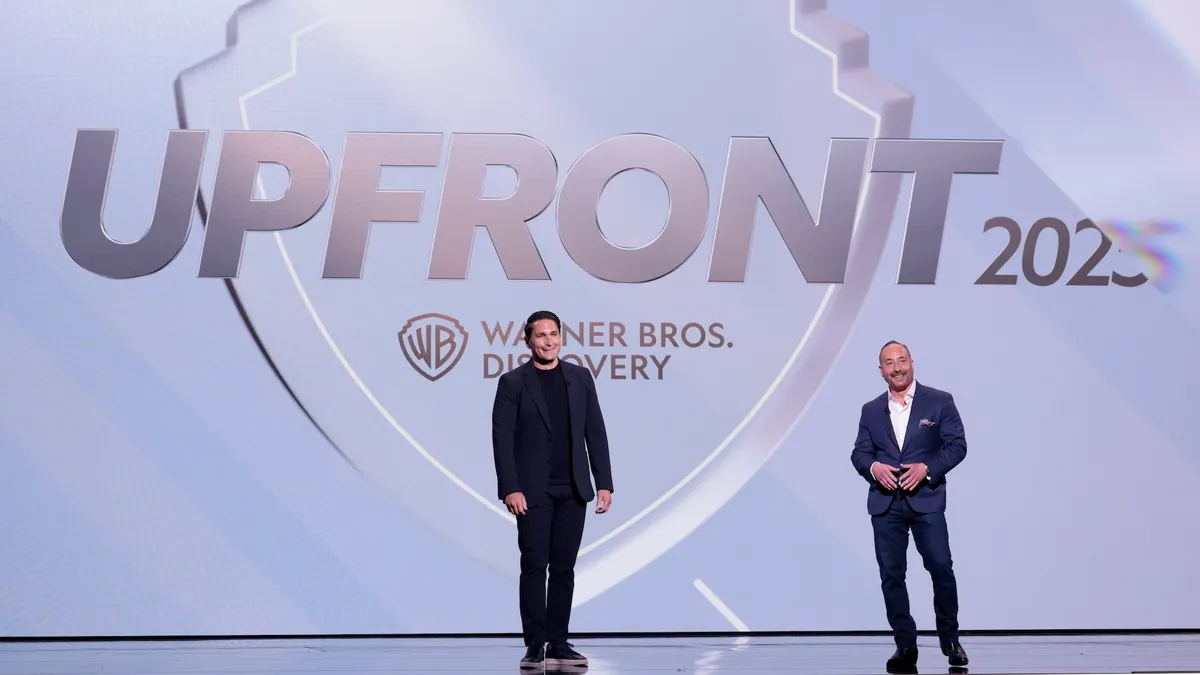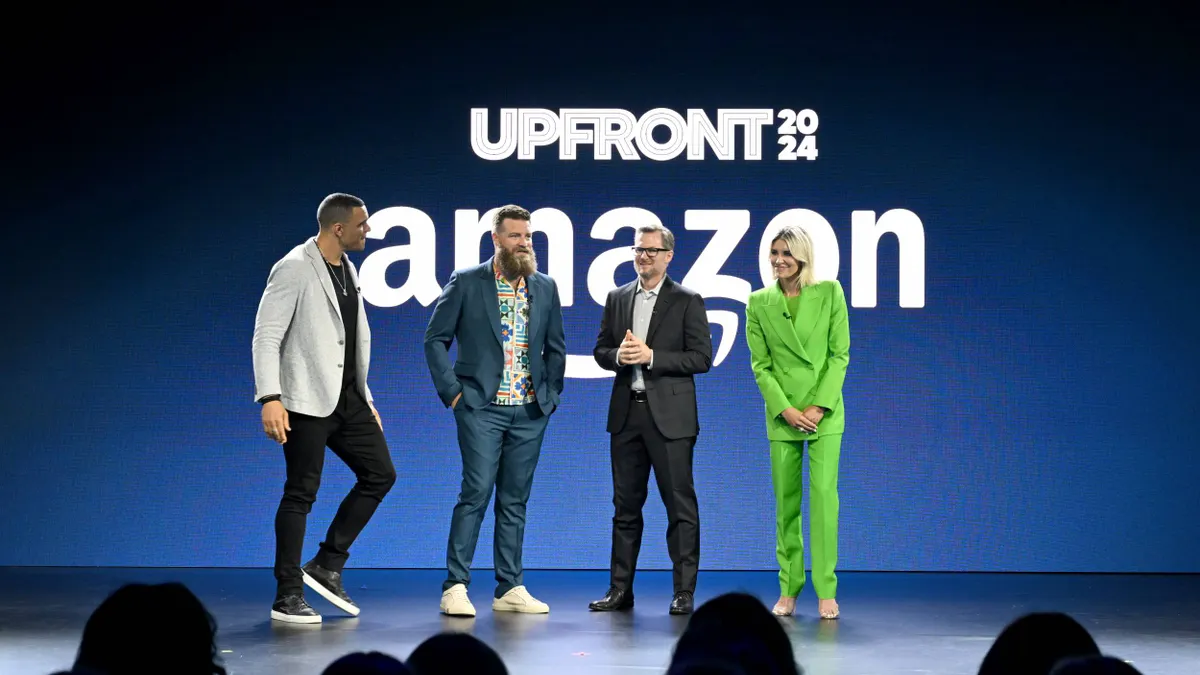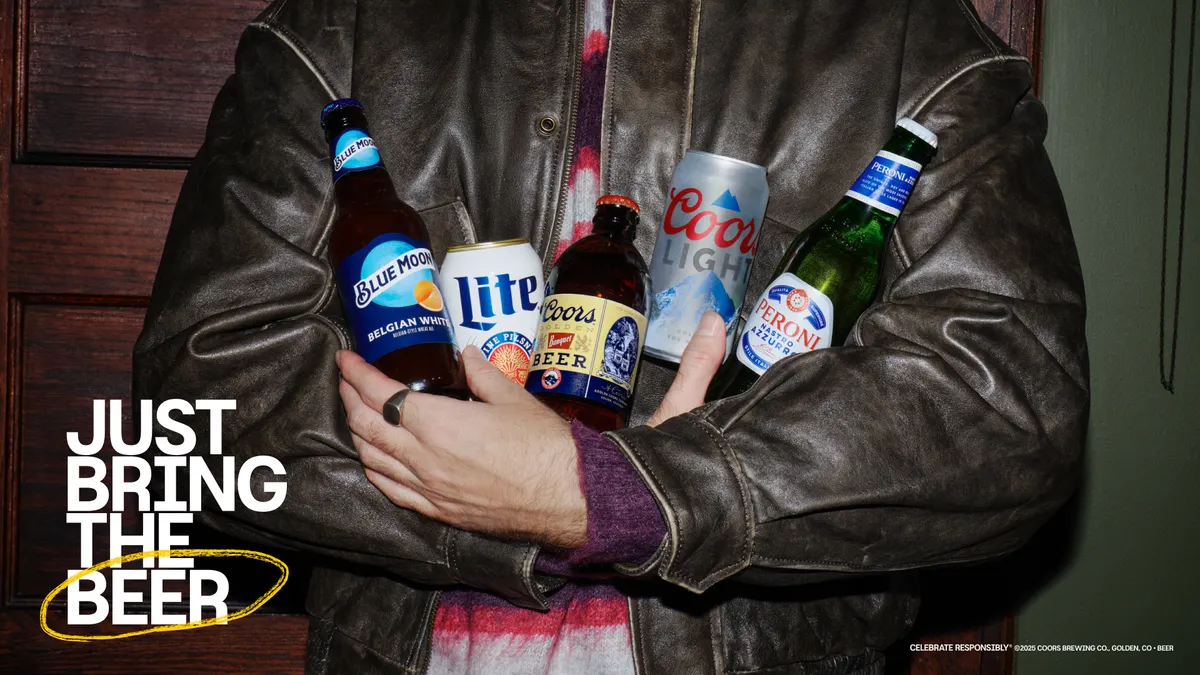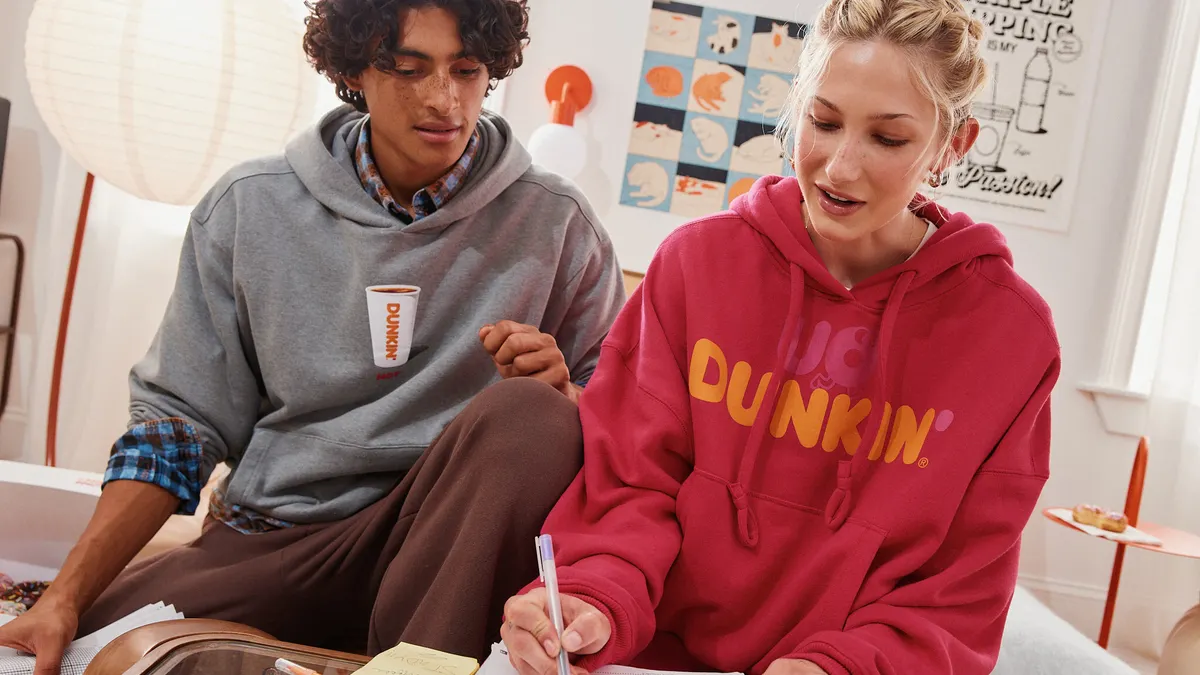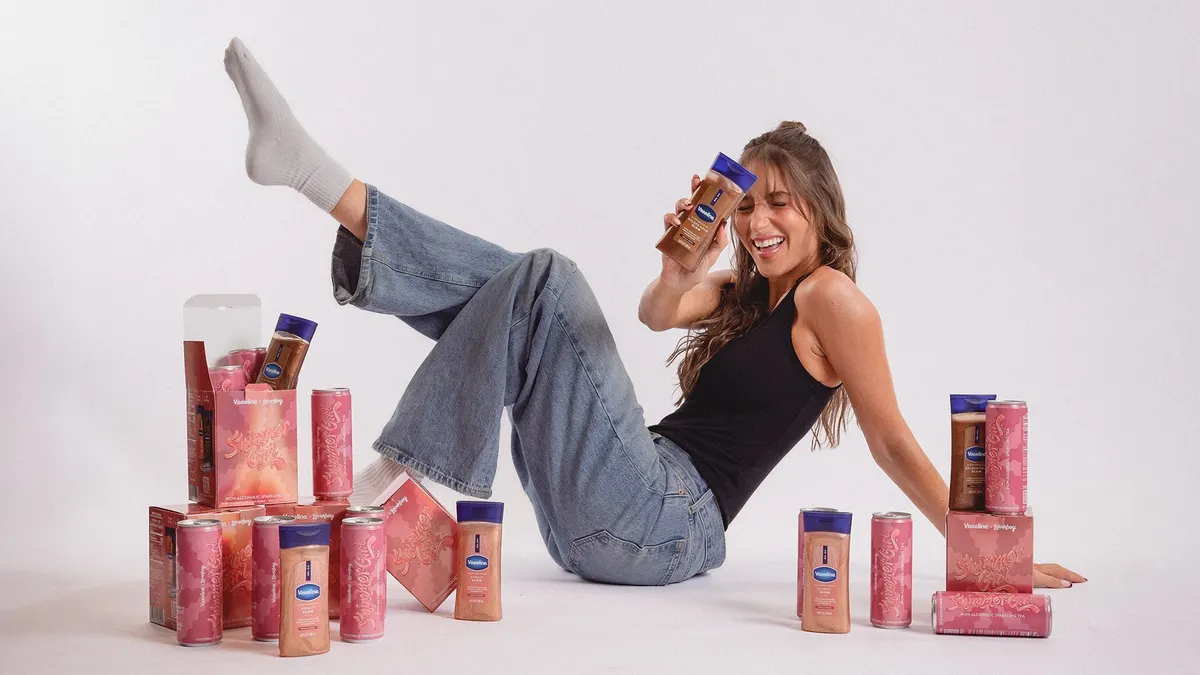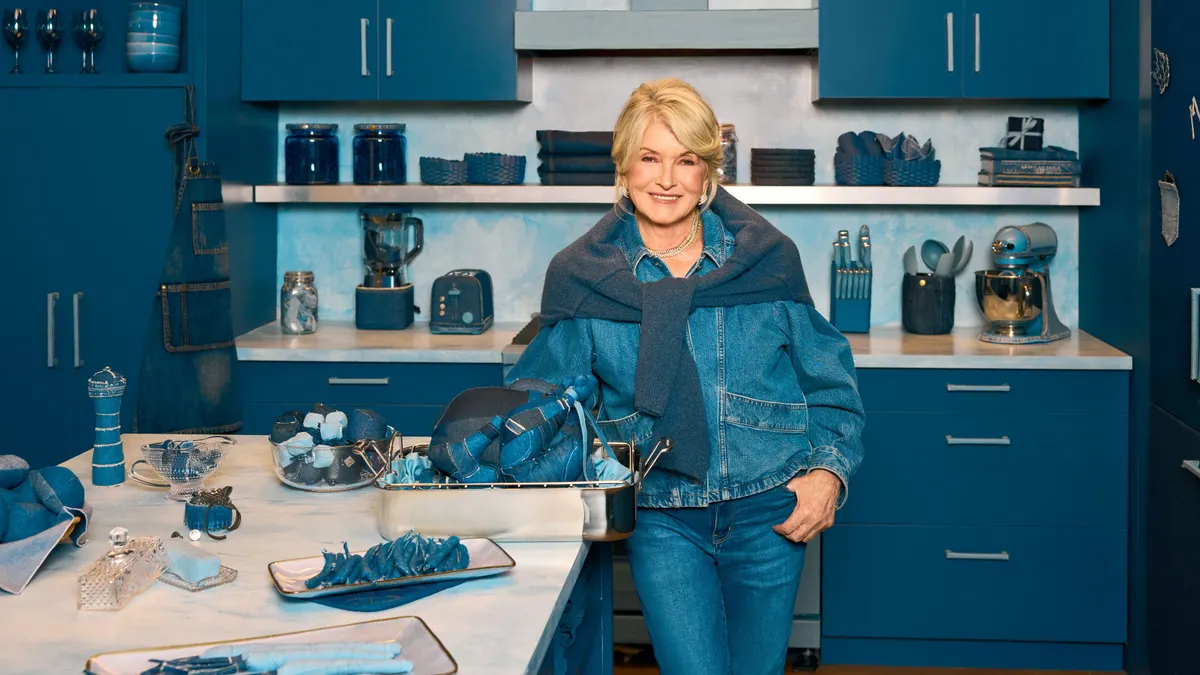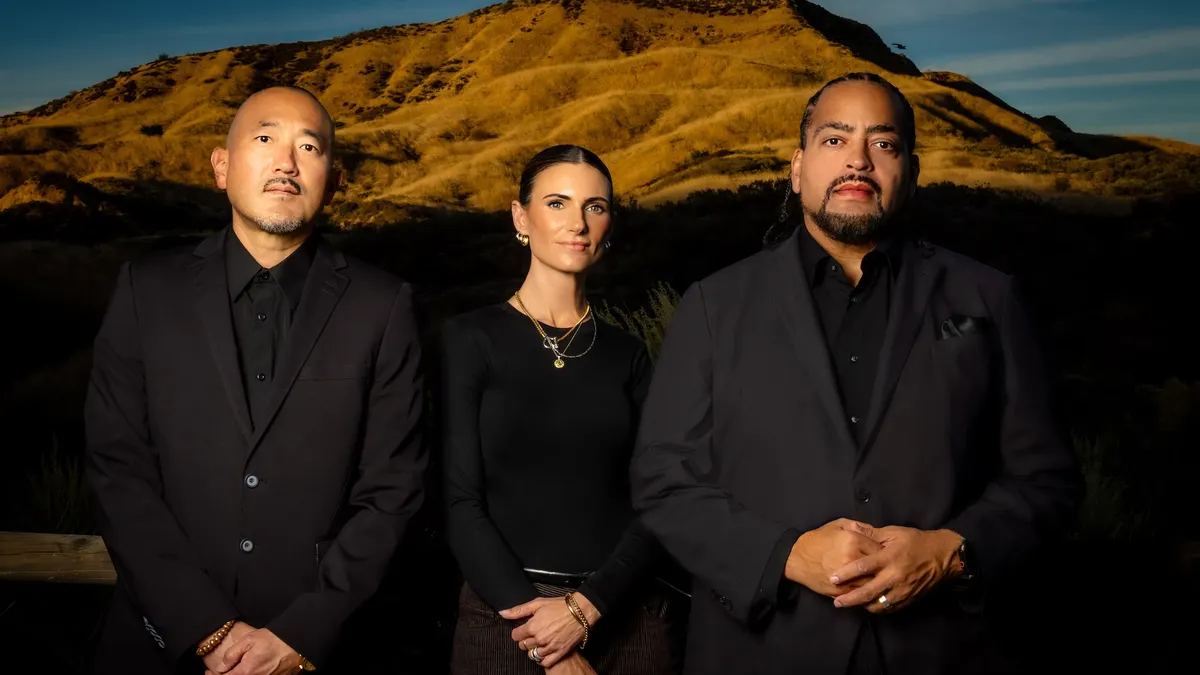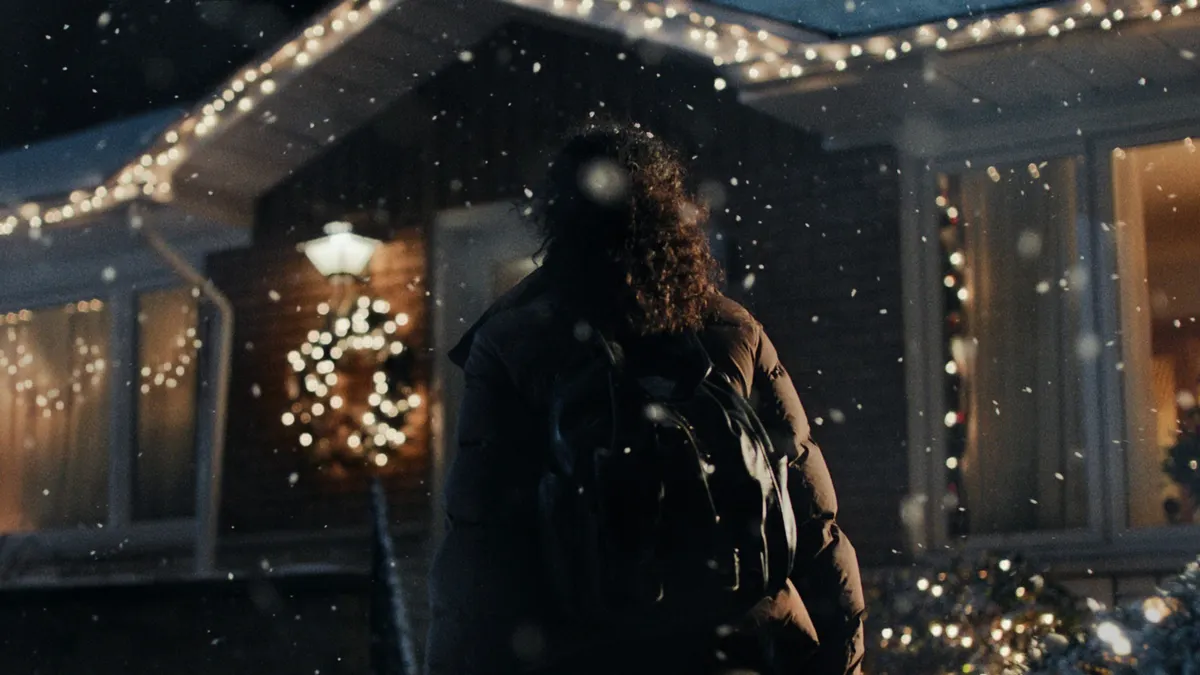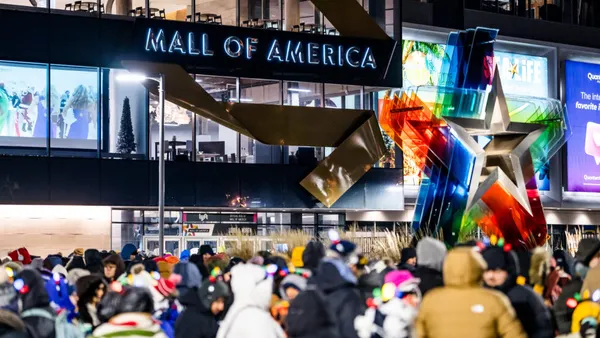NEW YORK — Warner Bros. Discovery (WBD) kicked off the final day of the 2025 upfronts by comparing the media ecosystem to something featured on an episode of HGTV favorite “Fixer Upper”: a house that worked beautifully for so long but doesn’t meet its owners’ needs anymore.
“It's time to renovate, modernize the design, improve efficiencies and build something even more valuable for the years ahead,” said Ryan Gould, co-president of U.S. advertising sales for the company. “We see this as an opportunity to collectively rethink, reimagine and reinvent our industry.”
At The Theater at Madison Square Garden on Wednesday (May 14), WBD made its pitch as the blueprint for a remodeled media company, three years since it was formed via merger and two years since it launched its flagship Max streaming service. And in a move acknowledging the importance of brand equity, the service will return to the HBO Max name this summer.
“You’re probably thinking, ‘Wow, these guys really love to rebrand.’ Well, we know it's been about a few years, so that's probably our track record,” joked Shauna Spenley, global CMO for streaming at WBD.
The rebrand comes on the heels of the streamer’s success. The service has doubled its U.S. ad-supported subscribers in the last year, with nearly half of new subscribers choosing that option, and had its best month ever in April, with viewership up 20% year-over-year. The new-old name could also help it cut through a cluttered media landscape.
“Streaming has become a lot like fast fashion,” Spenley said. “People are saying, ‘I'd rather have one great sweater than five.’”
Simplified access to ‘newstalgia’
WBD will look to address efficiency with the launch of two new solutions: DemoDirect and Neo. The former simplifies and unifies traditional demographic-based buying across the company’s portfolio and promises unified scale, quality control, customizable campaigns and cross-platform extension, giving ad buyers one plan, one CPM and one invoice. The latter is a new ad platform that brings the company’s premium video inventory — spanning streaming, linear, free ad-supported streaming TV (FAST) and syndication — into one interface with real-time transparency and full control over ad buys.
The company also revealed WBD Storyverse, a new initiative that seeks to give advertisers access to its vast troves of IP for custom campaigns and other amplification across its platforms. Executives noted the success that brands including State Farm (with its Batman-focused March Madness campaign) and Unilever’s Hellmann’s (with its Super Bowl reboot of “When Harry Met Sally”) have had integrating with classic WBD content.
Along with access to the WBD portfolio, brand partners will receive access to in-house strategists and creative experts, production resources, and distribution and third-party licensing support. Executives called out the ability of brands to engage with younger consumers who are just now discovering WBD classics including “The Matrix,” “Family Matters” and “Friends.”
“Gen Z and millennials are embracing these timeless franchises, reboots, series and sequels,” Gould said. “We're tapping into the massive library of our content, all to help you create ‘newstalgia’: campaigns that build culture in fresh and unexpected ways.”
The new advertiser solutions build on previously introduced tools designed to maximize impact, reduce waste and improve transparency. Moments, a contextual tool powered by Kerv’s artificial intelligence technology, led to a six-times increase in consumer actions, while commerce-focused Shop with Max tools led to a 12-times increase in product page visits. Meanwhile, WBD’s converged media product StreamX led to a 14% average incremental reach and lowered cost per impression.
“We're building the future of our own design together,” said Bobby Voltaggio, co-president of U.S. advertising sales at WBD. “You can expect us to continue taking bold leaps forward, embracing the new technology to unlock it with more potential, giving you more power and control to drive truly great results.”


